ALABS Audio Cetus review: a compact stereo ambient reverb pedal with creative and flexible algorithms at a no-brainer price.
Synthesizers and pedals are a great match. A true love story is always reverb pedals as they give synths, spatiality, and texture. Good reverb pedals can be expensive, especially if you want more algorithms and stereo connectivity.
I have long been interested in affordable pedals. In 2024, I discovered ALABS Audiio, a new Chinese company offering a range of affordable stereo pedals. My “no-brainer” interest was piqued, especially after many guitar channels checked out the pedals. The beginning makes the Cetus reverb.
Disclaimer: Alabs Audio kindly sent me a Cetus for review.
ALABS Audio Cetus Review
Cetus is a compact stereo reverb at the super affordable price of $99/99€ (the best price). Yes, some companies don’t offer a mono reverb for that price. The pedal is shipped in simple packaging with lovely illustrations on the outside and inside.
There is also a mini-form folded printed manual with all the features, a guitar pick, and stickers. Right out of the box, the knobs feel good. They are not super high quality but are fine – always to be seen in relation to the asking price.
The pedal design reminds me a lot of the Walrus Audio SLÖ reverb pedal, which also has a blue-white layout. Whether this is intentional or not, one can only speculate.
On the connection side, you have stereo connectivity on L/R mono inputs. This is great, as many budget reverb pedals only offer mono-to-stereo processing. Thus, the Cetus is also suitable for synths with stereo signals.
User Interface
Cetus is compact but offers a solid set of hardware parameters to tweak any algorithm. It includes a reverb decay, bright aka filter, dry/wet mix, algorithm selector, modulation, and a two-function switch. Plus, there is a color LED and a footswitch.
More functionality is hidden under the hood—for example, you can use the switch to modify the mod parameter functionality. In the upper switch position, the mod knob controls a pre-delay, and its value is stored in the system, while in the lower position, it becomes the mod parameter.
There is more. The switch also sets two creative functions. In the first position, you can freeze the reverb tails by pressing and holding the footswitch. Great for creating infinite sustain effects like ambient textures.
The second is the explore mode, which allows you to capture multiple parameter automation. Once captured, you can unleash them by holding down the footswitch.
Freeze works instantly and is hassle-free. Parameter automation, however, is a bit fiddly, and you must get into the groove until you get the hang of it. Nonetheless, it’s fantastic that such creative functions are available in an affordable stereo reverb pedal like this. Thumb up for making it possible.
And the toggle switch also impacts the core footswitch function. In the upper, it’s a freezer/hold, and in the other direction, you go to infinity. But now it’s finally time for the algorithms.
ALABS Audio Cetus Algorithms
ALABS Audio has embedded nine distinct tweakable reverb algorithms into the Cetus pedal: hall, room, church, spring, plate, swell, shimmer, cloudy, and wave. At this price tag, you’d expect 2-3, but nine is an impressive range. But are they any good? Well, we will see it.
The hall reverb algorithm is in the pole position, followed by other classic algorithms, including room and church. They have decent quality—not stunning or super high, but solid. They harmonize nicely with both analog and digital synthesizers.
All three have a slightly bright basic sound, but you can tame them well with the built-in filter. I particularly liked using it with the added creative functions like the freezer. Of course, Eventide, Meris, or Strymon play here on the algorithmic side in other sonic regions, but they didn’t cost $99.
For the asking price here, you get very usable and fully tweakable hall, room, and church reverbs.
Then, you will find spring and plate reverbs on the menu. According to the ALABS Audio Cetus, the spring uses physical modeling technology, while the famous EMT 140 hardware inspires the plate.
Both reverb algorithms are among my favorites in terms of quality. They sound delicate and have a nice depth of sound. They can keep up with springs and plates from other well-known companies.
Ambient Algorithms
Here, we leave the classic reverb territory and go clearly into the ambient, creative corner. The first candidate is swell, which creates a soft reverb that swells over time. The Swell is a lovely atmospheric and soft-sounding reverb effect. However, I didn’t get on well with it, especially with synthesizers.
You couldn’t hear its unique swell character. Yes, it’s atmospheric and soft, but nothing more. The algorithms may react differently to the dynamics of guitar playing—one thing I often notice with pedals and synths.
There is also a shimmer effect. I have heard better shimmer reverbs than this one in the Alabs Audio Cetus. It shimmers, but its character is a bit pushy and aggressive. It lacks elegance. However, it makes fun to use it in the freezer or sustain mode for ambient textures. But I wouldn’t buy the pedal just for the shimmer.
With the cloudy effect—yes, that’s what it’s called—you can get beautiful, epic-like, fluffy reverbs. Turn up the decay, and the effect is particularly present. Then use the freezer/sustainer, and you get endless atmospheric textures. I liked it very much in combination with synths.
Call For The Ocean
The highlight, in my opinion, comes at the end. Alabs Audio has developed a new type of reverb called Wave. This emulates the sound of ocean waves. Crank up the dry/wet mix control, and your synth will dive into the depths of the sea. It is a fascinating, great-sounding effect I have never heard before in a reverb.
All in all, the algorithms in the Alabs Audio Cetus are impressive, considering the asking price. It is an exciting, colorful bouquet of different reverbs with sometimes more sound finesse,
I also noticed that the mod parameter tends to crackle slightly during high dry/wet settings. It’s not ideal if you are in an endless texture trip and want to tweak that parameter.
Video Review & Sound Demo With Synths
The linked video shows demos of the respective algorithms. I also added a guitar tone demo because it shows that the algorithms react differently. They sound even better with guitars, or am I wrong?
ALABS Audio Cetus Review Conclusion
The Alabs Audio Cetus is a solid, great-sounding stereo ambient reverb. With nine decent algorithms, stereo in/out, freezer, and other extras, the pedal offers a no-brainer feature set.
Regarding algorithm quality, it cannot compete with companies like Walrus Audio, Eventide, or Strymon. However, you get a package that is hard to beat. For what it costs, it’s a great deal with one weakness and another.
Pro
- price
- good built quality
- solid, creative algorithms (wave algo)
Neutral
- better algorithm results with guitar tones!?
Contra
- clicks in the mod parameter
- parameter automation is a bit fiddly
Alternatives: Flamma FS02 Reverb (69€), Behringer DR600 (36€), Mooer R7 X2 (99€)…
ALABS Audio Cetus is available now, but it’s currently out of stock worldwide. The price varies between $99 and $119 depending on the time and the currently active coupon on Amazon.
More information here: ALABS Audio
Available at my partner


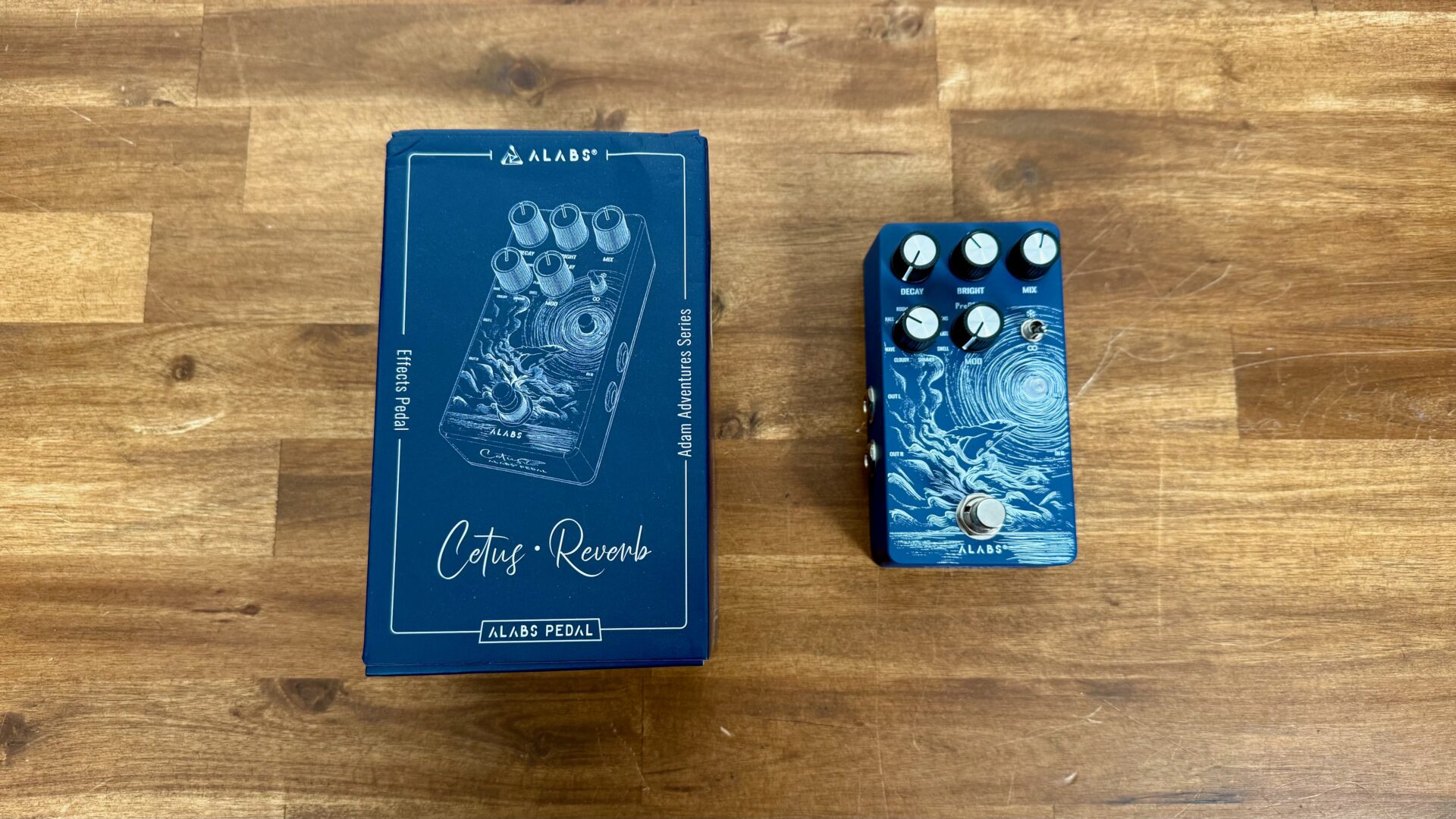
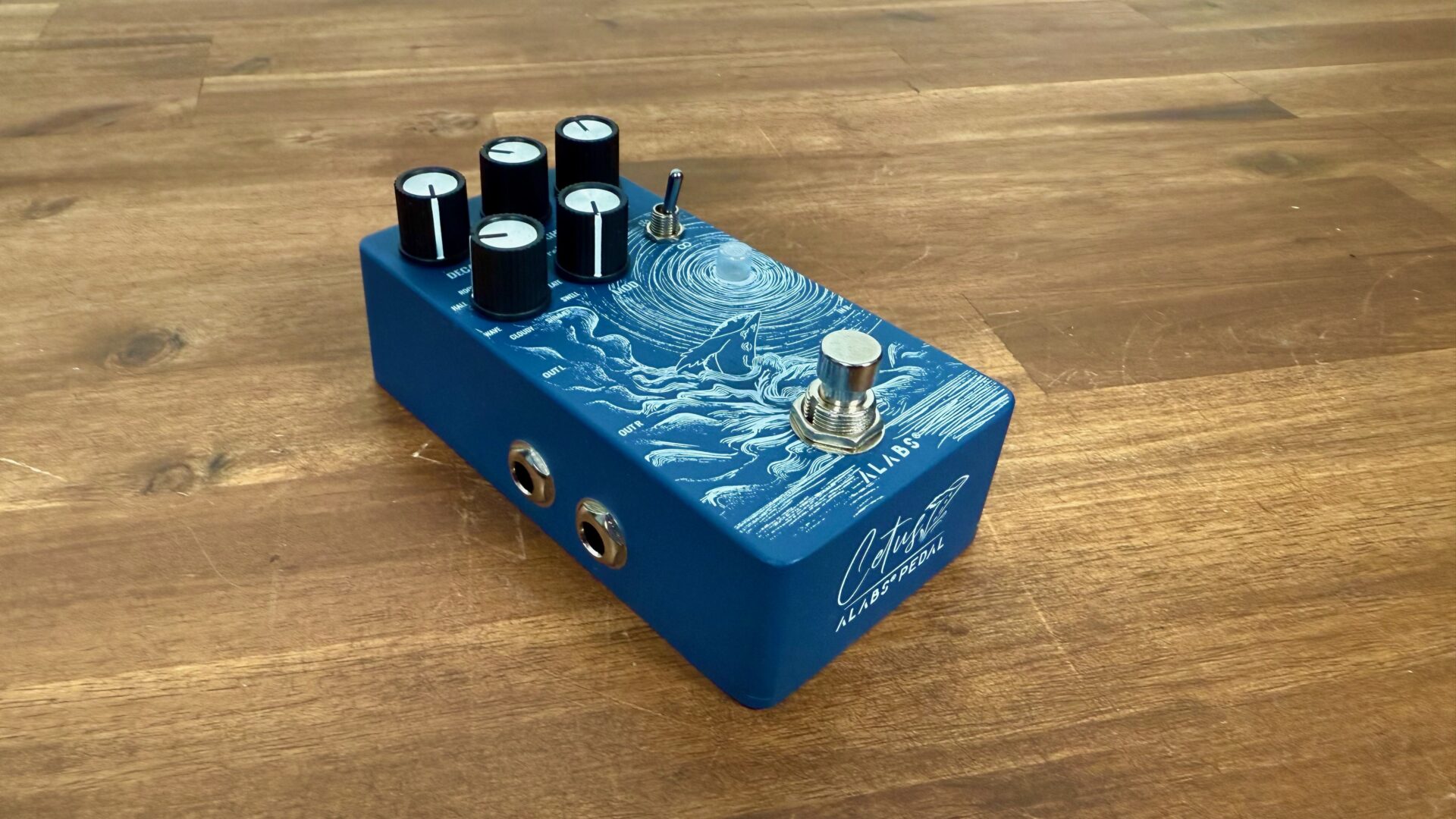

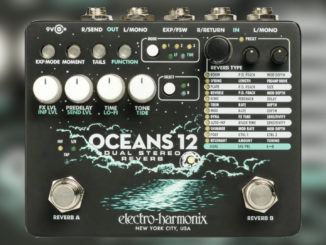
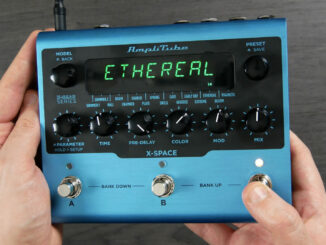
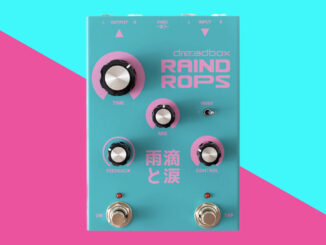
Be the first to comment